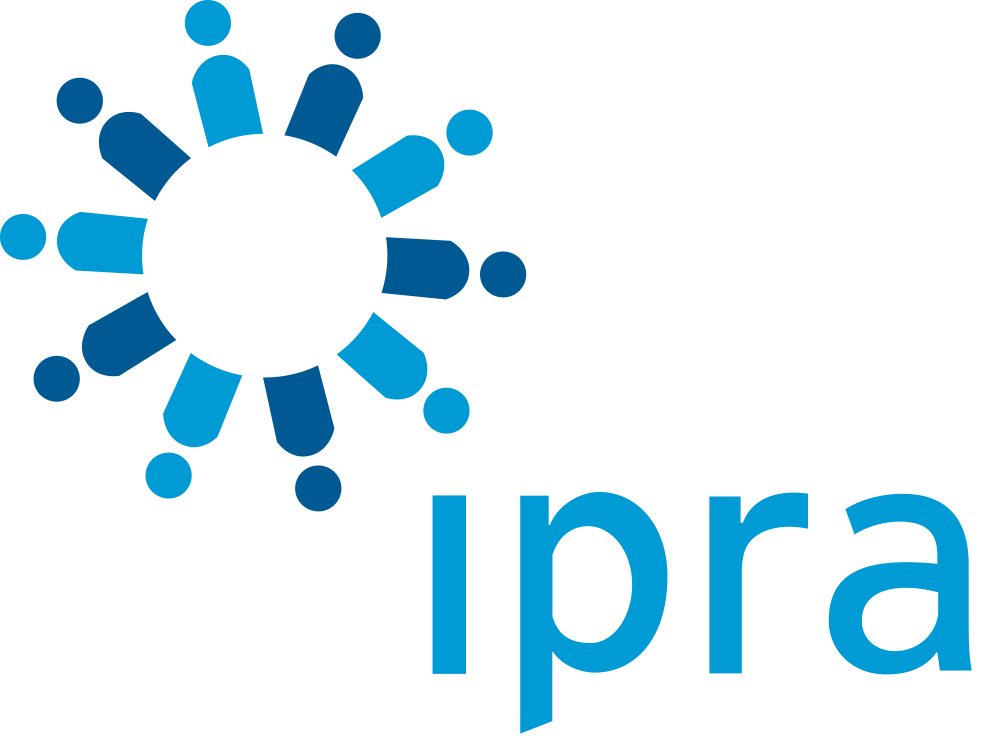ITL #551 Unlocking the power of thought leadership: a guide for PR professionals
11 months, 3 weeks ago
(Comments)
Siemens has built a powerful corporate thought leadership strategy on four main principles. By Lynette Jackson.
Thought leadership is one of my favorite communications disciplines. For me, it's the glue across many different areas of public relations and marketing communications. Jeff Bezos once said, “Your brand is what people say about you when you're not in the room.” Take this one step further, thought leadership is when people discuss your ideas when you are not in the room.
What makes me so passionate about great thought leadership? It's the ability for it to engage with our stakeholders around valuable insights, fresh perspectives, and engaging content. We all know that our audiences are no longer satisfied with the simple promotion of products and services. Thought leadership is the linchpin here. It enables us to offer our stakeholders content that informs, educates, and even entertains them; content they would choose to read on a weekend. Content that is memorable, engaging and at times beautifully crafted.
In essence, thought leadership allows us to build trust, credibility, and meaningful connections with our target audience. And this is particularly the case with the more complex buying process in B2B.
When I took my current role as Chief Communications Officer at Siemens, I created a new corporate thought leadership team alongside our excellent media relations and executive positioning activities. I am blessed with a core team who are talented, creative and resourceful, connected to a network of talented thought leadership professionals in our businesses, who are recruiting a growing band of expert influencers to share our stories.
The team founded its strategy on four main principles:
Connect credibility to visionary thinking
With creative and talented writers – and AI tools to analyze where the white space exists – it is possible to develop fascinating content. But thought leadership is part of our marketing and communications toolkit designed to connect our audience to take action. It is much better if it encourages our customers to want to buy more or potential customers to consider purchase. This is why strong thought leadership needs to connect the visionary content to something where you have strong credibility where you want to build awareness and interest.
This means the ideas are not mere flights of fancy but are firmly rooted in potential realities. Moreover, they should be based on a business you are already successful in. As an example, at Siemens, we excel in the domain of ‘digital twins’, and we have established substantial credibility in this field. With thought leadership, the goal is to be visionary, so we started talking about the future of digital twins, which is the industrial metaverse. By aligning our credibility with a visionary outlook, we captured the attention of many customers, journalists, and stakeholders worldwide.
Authenticity matters
Authenticity is the cornerstone of impactful thought leadership. Genuine voices resonate more strongly, even if they're not perfectly polished. While I've always been a stickler for key messages and finely crafted sentences, the paramount factor is the authenticity of the message itself. Authenticity forges a genuine connection.
Therefore, you need to encourage a variety of thought leaders within your organization, allowing them to convey their passion for their respective subjects in their own words. And even when senior executives are supported by talented ghost writers, it is about representing the genuine tone of voice of that leader.
Orchestration
At the same time, you need to make sure that these unique and authentic voices tell the same story because, ultimately, brand coherence is essential. Consequently, thought leadership is not just about individual brilliance; it's about the orchestration of ideas. This is particularly crucial in large and global companies, where many experts and leaders can contribute to the discourse. You need a clear structure and strategy to ensure consistency, efficiency and impact.
As you embark on your thought leadership journey, focus on both content creation and its orchestration. In a first step, it's your job to identify key topics, craft engaging content and find the right formats. Then, it's about orchestrating people and processes: identifying experts with an appetite to communicate; encouraging and training them; and providing a content pool for efficient knowledge sharing. Having accomplished these two steps, you can allow your ambassadors to communicate in their own way, engage in discussions, and enjoy the various levels and styles of communication that emerge.
Timing is key, data is vital
Thought leadership isn't simply about reacting to trends; it's about establishing them. The goal is to initiate conversations rather than perpetually chasing where they've already trod. To identify content that will be relevant for our stakeholders in six months, or even a year from now, the use of data and analytics becomes imperative. They help you pinpoint emerging topics, set the agenda, and lead discussions.
For example, at Siemens, we've set out to ‘own’ the domain of the industrial metaverse, positioning ourselves as one of the first industrial companies discussing its potential for our customers, our company, and society as a whole. We've done so across many different channels, including events like MetaBeat and the Economist Metaverse Summit, collaborations with TIME magazine and Monocle, and, of course, we've published an abundance of dedicated original content with notably high organic reach online, such as whitepapers, studies, webinars, podcasts, and more. Looking at the ‘share of voice’, we now find ourselves on eye level with industry giants and ecosystem partners, which underlines the success of our strategy.
Conclusion
Thought leadership has the potential to become your competitive advantage in the pursuit of capturing attention, piquing interest, and nurturing customer relationships. It's a dynamic, two-way street that values authenticity, innovation and engagement. To leverage its full potential, you need to connect credibility and vision; prioritize authenticity over unified corporate language; orchestrate people and processes; and deploy data to pick the right topic at the right moment.
When executed correctly, you have a powerful tool that hits the sweet spot between PR and marketing, catering to both brand recognition and demand generation.
And that's what gets me every time. So, I wholeheartedly encourage you to create a clear thought leadership strategy and measure each syllable. It's worth it.

The Author
Lynette Jackson
Lynette Jackson, Chief Communications Officer, Siemens AG.
mail the authorvisit the author's website
Forward, Post, Comment | #IpraITL
We are keen for our IPRA Thought Leadership essays to stimulate debate. With that objective in mind, we encourage readers to participate in and facilitate discussion. Please forward essay links to your industry contacts, post them to blogs, websites and social networking sites and above all give us your feedback via forums such as IPRA’s LinkedIn group. A new ITL essay is published on the IPRA website every week. Prospective ITL essay contributors should send a short synopsis to IPRA head of editorial content Rob Gray emailShare on Twitter Share on Facebook


Comments